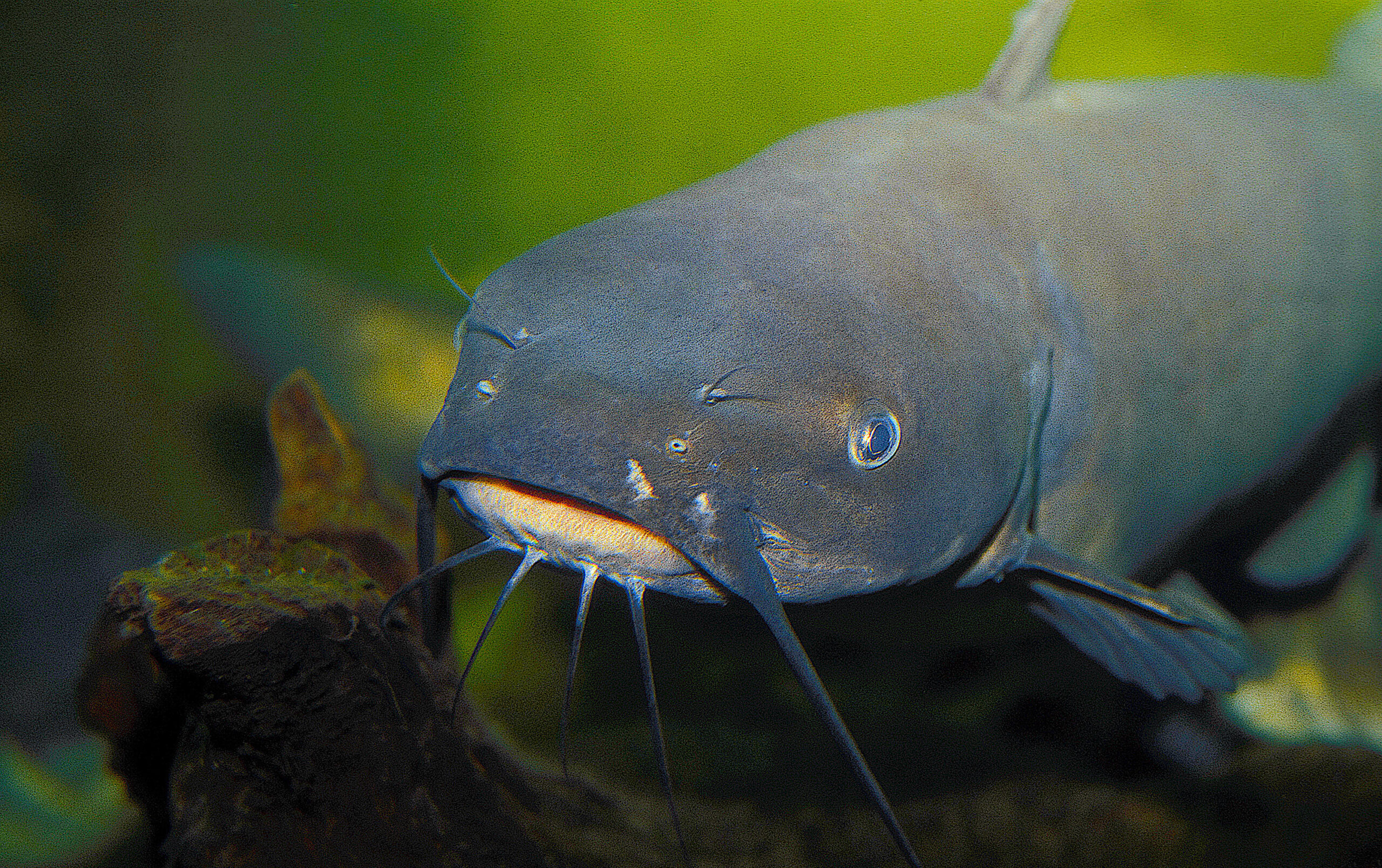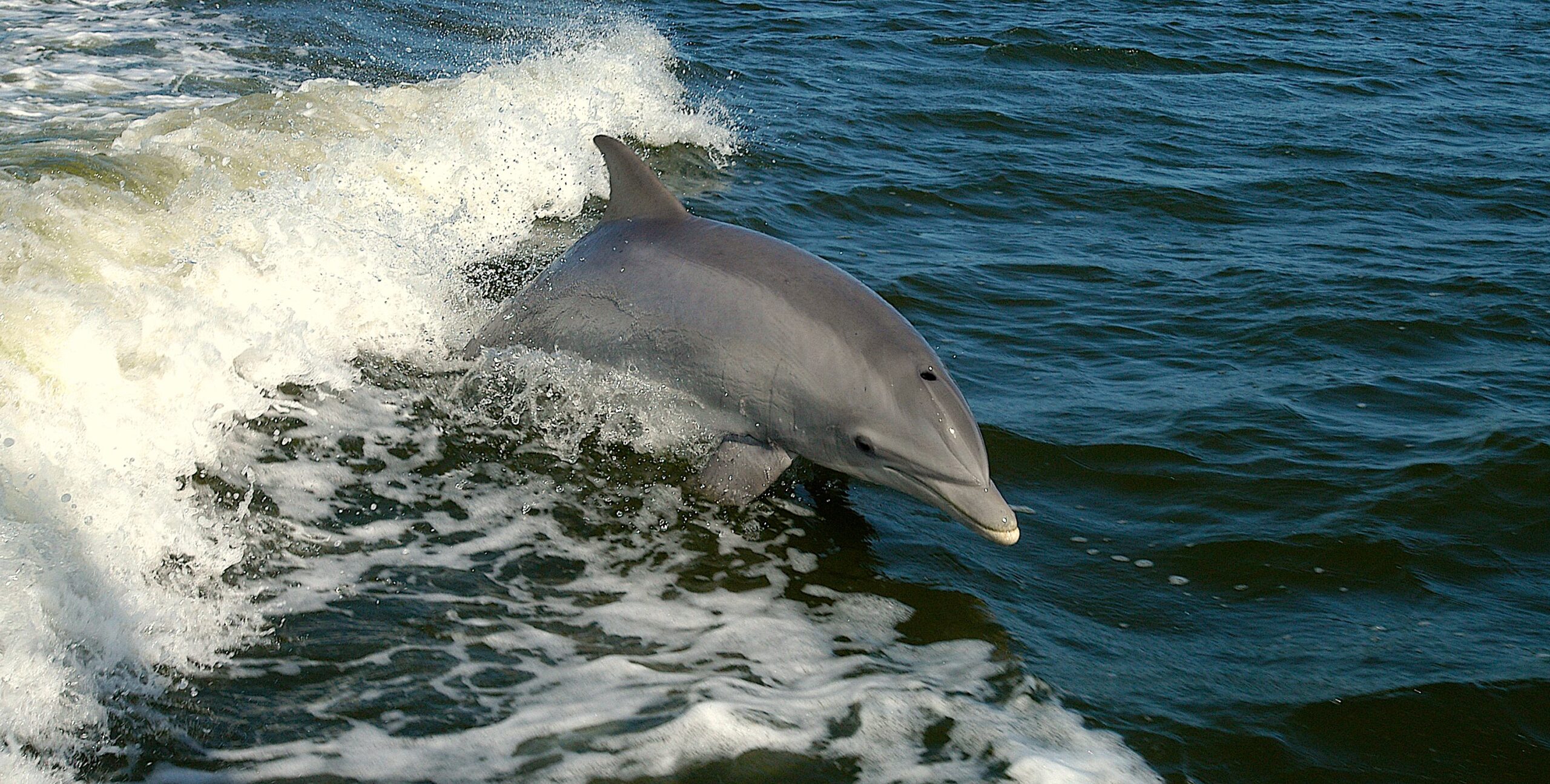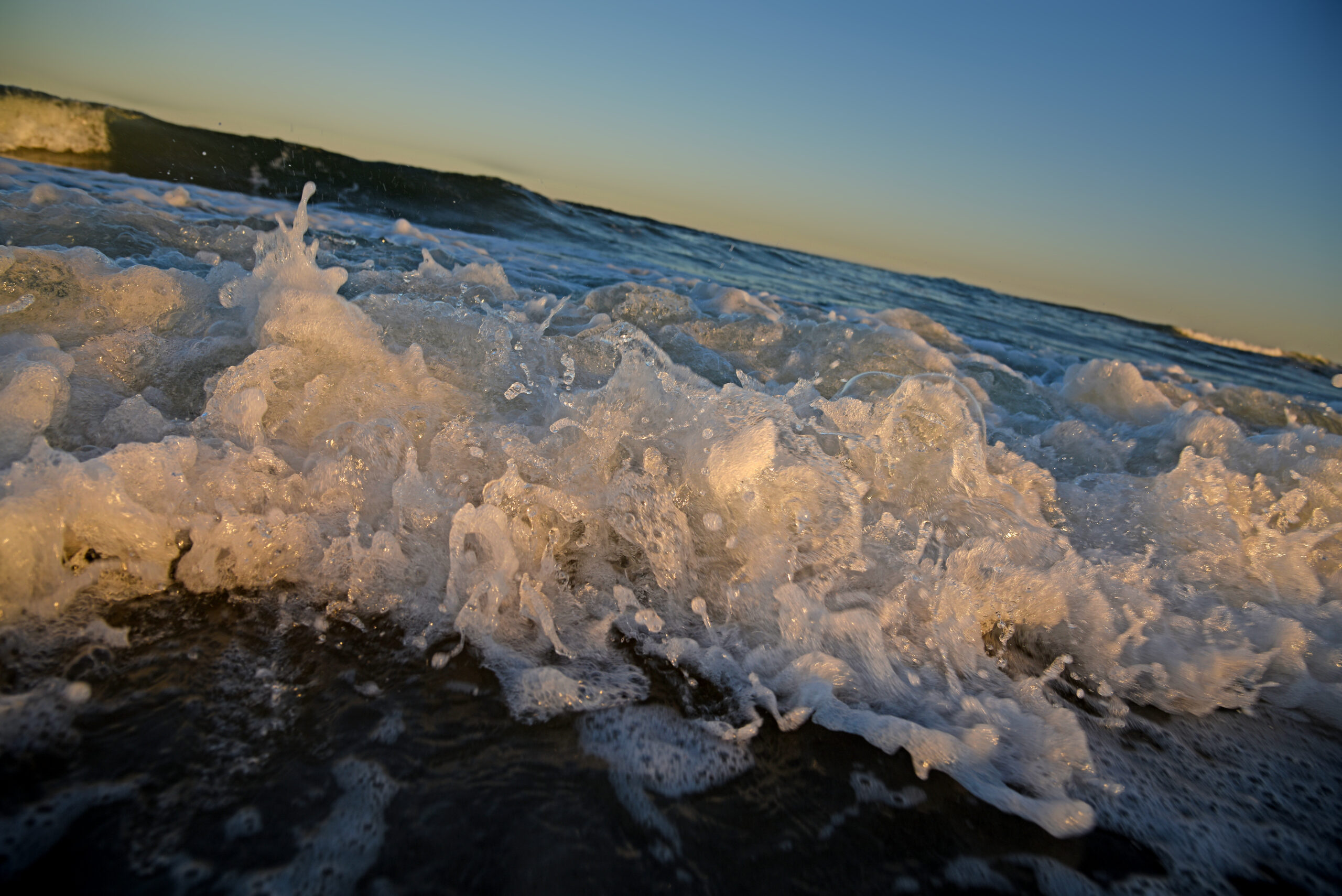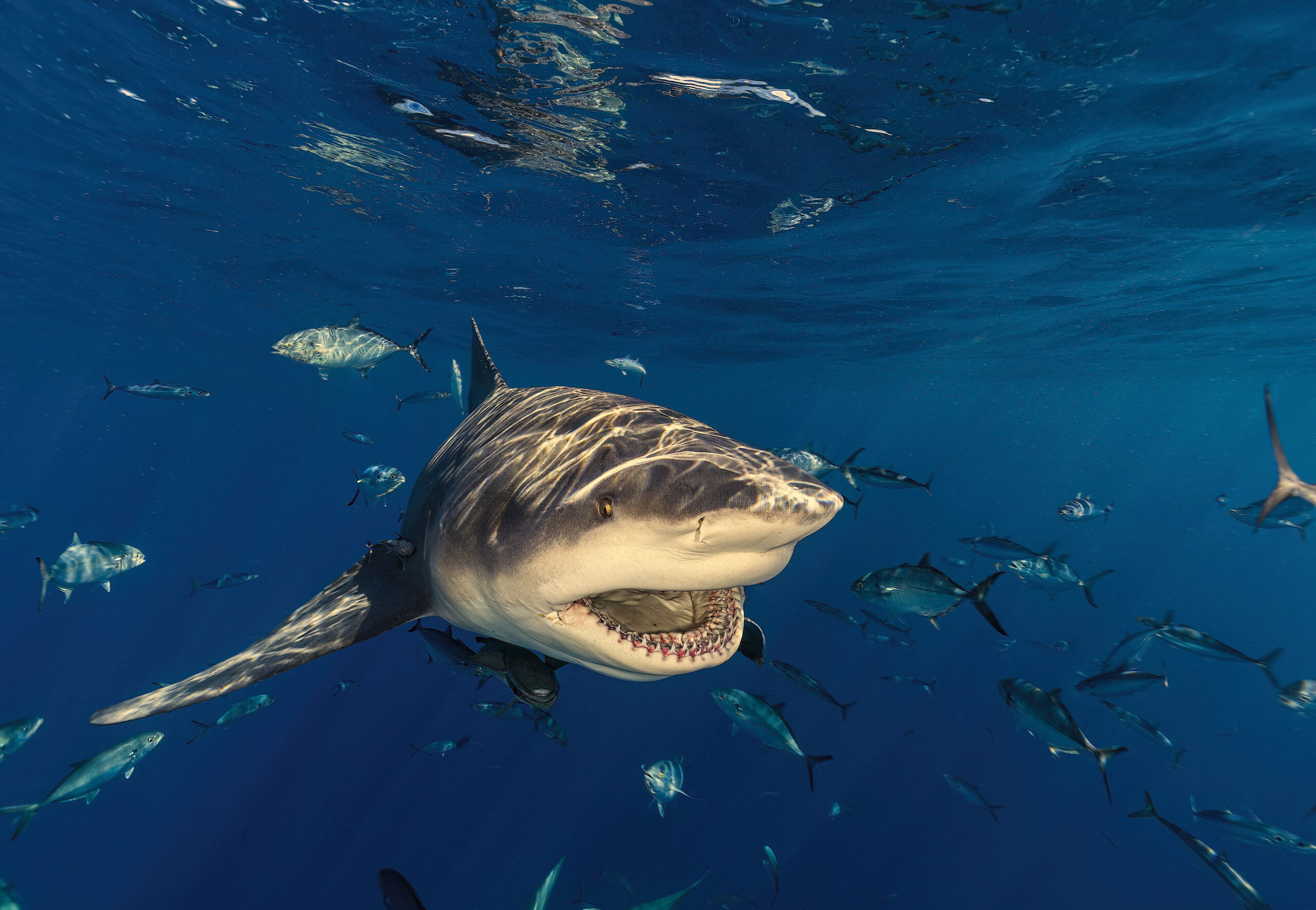Sustainable Solutions: Who’s Afraid of New Seafood?
Packed with 16 grams of healthy protein per serving, seasoned catfish skin chips make for a tasty treat.

Every bit of the fish that we eat isn’t wasted. Sometimes we cook finfish whole and eat around the bones, but in the U.S. it’s more likely we’ll consume only the fillets. Some people do like to eat the skin, if it’s still attached — but others, not so much. However, in high-volume seafoods such as U.S. farm-raised catfish, commercial processing removes the skins, and they become part of the waste stream.
Fish skin as a standalone snack for people isn’t new, but it’s not exactly popular in the U.S. either. There are a few products available online, most made from salmon. There could be room for adding more species — if the typical seafood consumer accepts fish skin snacks from other species, or better yet, demands them.
Would consumers enjoy farm-raised catfish skin in the form of a novel, air-fried chip? What if they also knew the chips are both a healthy, protein-rich snack as well as way to reduce waste in the seafood supply chain?

TASTE TESTS
Researchers at Louisiana State University and the USDA’s Southern Regional Research Center performed a series of experiments with seafood consumers who were open to trying new seafoods. Using catfish skins obtained from a local processor, members of the research team cut the skins into 2-inch by 2-inch squares, battered them in egg and flour, and then air- fried each piece for 12 minutes at 390° F. They seasoned the finished chips with one of three flavors (“lemon and pepper,” “paprika,” or “barbeque”) or left the chips unseasoned.
Two panels of 115 consumers each evaluated the chips and provided feedback, including whether they would purchase the product if it became commercially available.
The research team also asked consumers to rate the chips after being exposed to two messages — either separately or in combination. The messages contained information about the chips’ healthy protein (16g per serving), as well as how the product reduces food waste and increases seafood sustainability.
THE VERDICT
Researchers produced catfish skin chips that were consistent in color, crispiness, and texture, with “barbeque” and “lemon and pepper” the most promising flavors to pursue with consumers. “Paprika” scored the lowest, and the results suggest the product doesn’t need further testing.
Consumers responded even more favorably to the catfish skin chips when they knew the product was a source of healthy protein and played a role in reducing food waste and increasing seafood sustainability. Interestingly, consumers’ acceptance of the chips was higher when the two messages were offered separately — as opposed to receiving them as one, more complex marketing message.
WHY IT MATTERS
Farm-raised catfish is the top fish food grown and raised in the United States. In 2018, $366.8 million of catfish accounted for 51% of all aquaculture food fish sales, with 97% of the country’s farm-raised catfish production in Mississippi, Alabama, Texas, and Arkansas. North Carolina produces about 2 million pounds annually.
This suggests that if we’re going to reduce waste in the seafood processing industry, catfish are a large potential source of seafood by-products to test and possibly market to consumers.
Do you think we’ll see catfish skin chips at the grocery store soon?
the full study in Foods journal
“Consumers’ Acceptance, Emotions, and Responsiveness to Informational Cues for Air-Fried Catfish (Ictalurus punctatus) Skin Chips”
lead photo credit: Missouri State Archives.
Scott Baker is co-curator with Sara Mirabilio of North Carolina Sea Grant’s award-winning Hook, Line & Science series, which originally published this story. HookLineScience.com.


